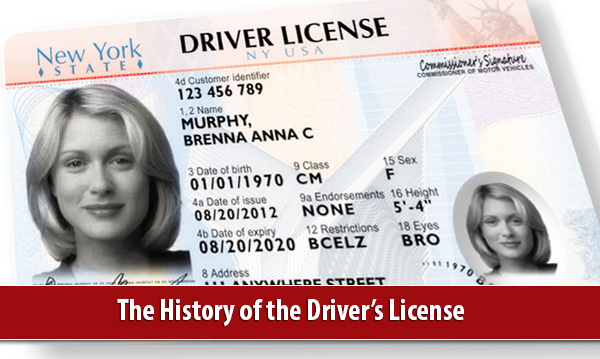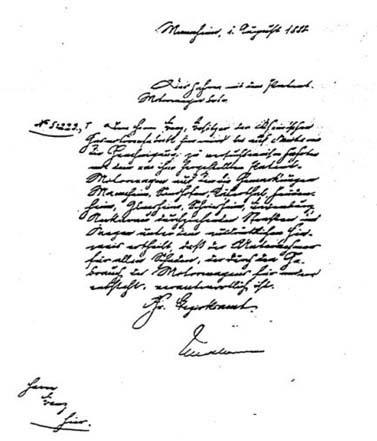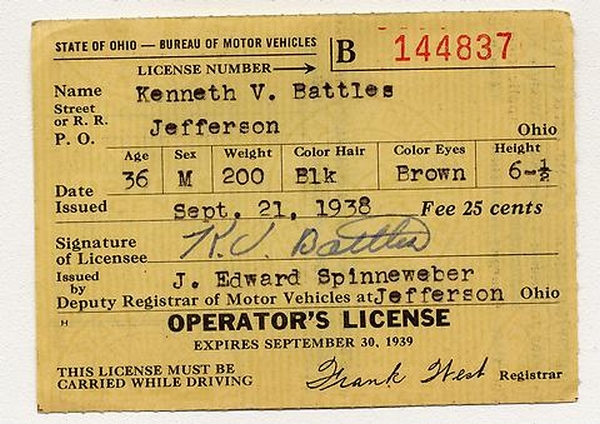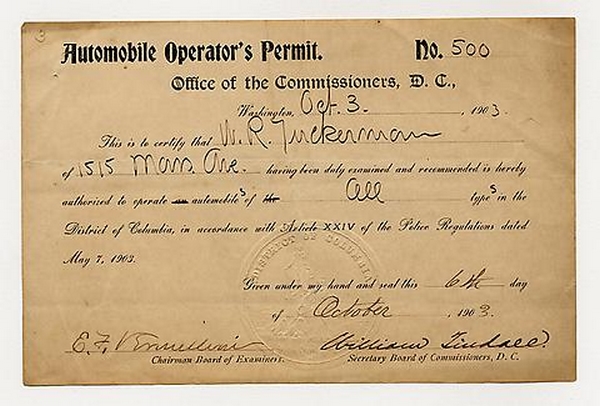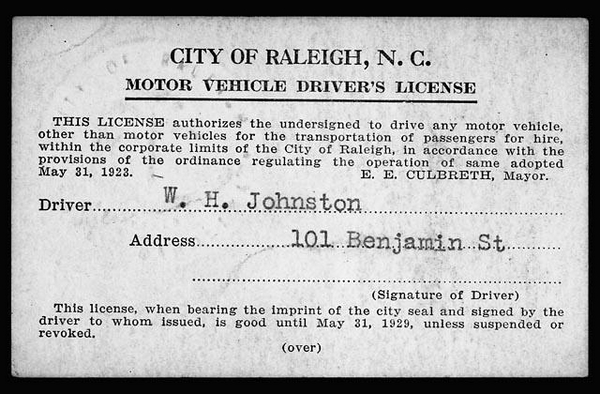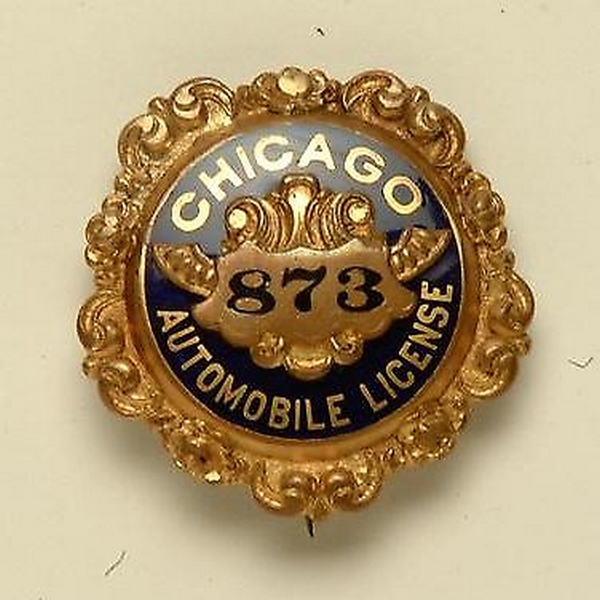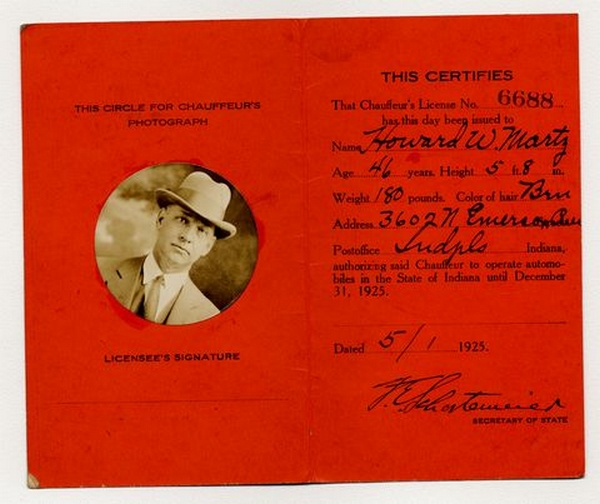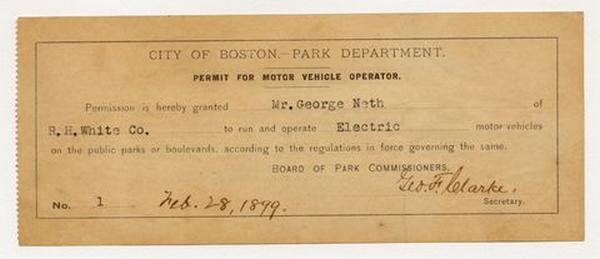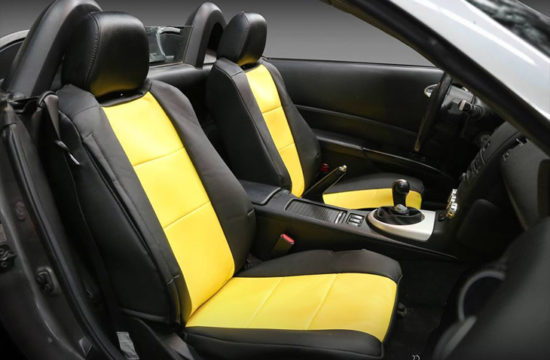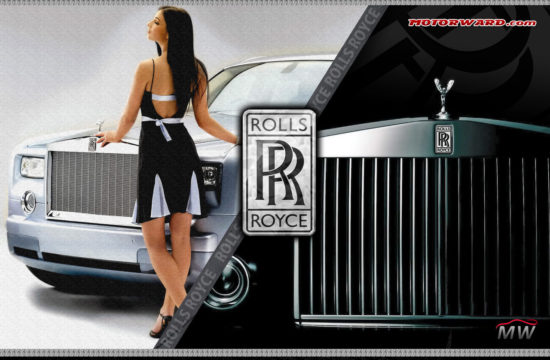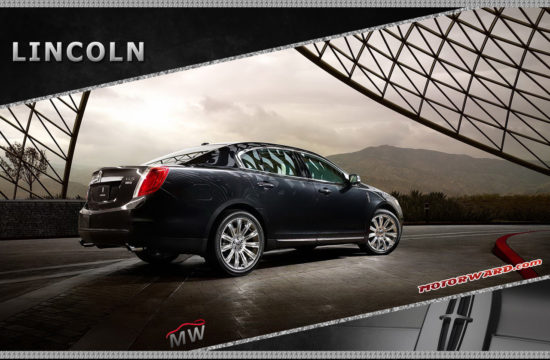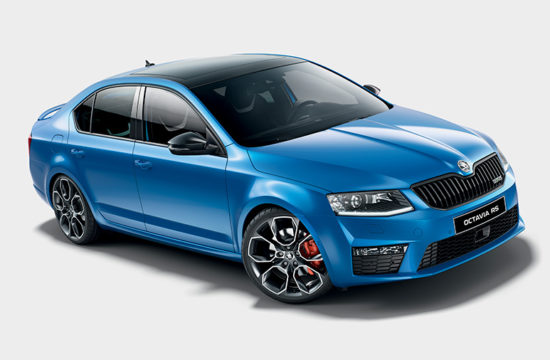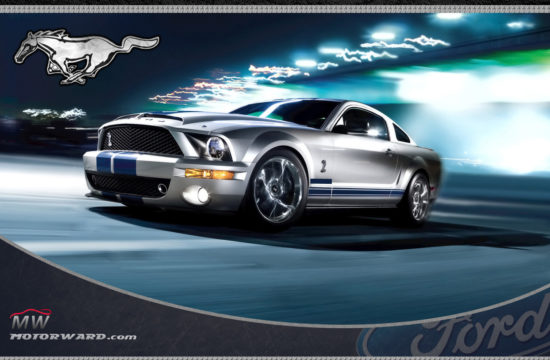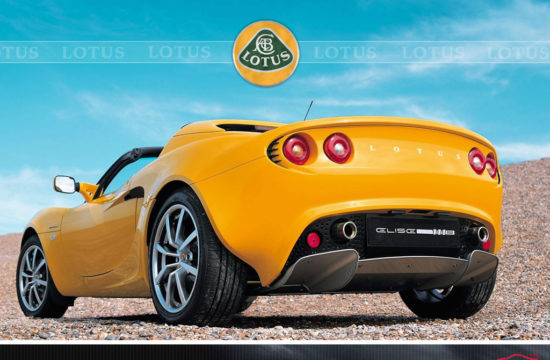The driver’s license or the driving license, that beautiful small piece of plastic or paper that gives us the right to drive any type of vehicle we want, whether it’s a motorcycle, an automobile or a truck and which we all dream when we’re kids. It’s the way we prove the police that we have the right to drive a vehicle and that we got this right after “graduating” from a driving school and passing a test.
But how did it all start? Who came up with the idea and why? Well, it all began more than 120 years ago, soon after Karl Benz invented the modern automobile. The German engineer patented his first automobile, the famous Benz Patent Motorwagen in 1886 (though the vehicle was ready in 1885, following official procedures, the date of the application became the patent date for the invention).
Two years later, following complaints by the citizens of Mannheim who were disturbed by the vehicle’s noise and smell, Karl Benz received an official written permission to operate his automobile on public roads. The permission was issued by the Grand Ducal of Baden District Office and is widely regarded as the first driver’s license ever given to anyone, despite Benz not taking any exams or driving lessons, like we do today. But to be honest, those were unnecessary anyway, since we doubt anyone knew and could’ve driven the Motorwagenbettern than him and road legislation was basically non-existent.
In the following years, the new “automobile” thing became quite popular, but official licenses like the one Benz got were still not very common. Some drivers chose to request one (which was issued immediately, without any testing or anything), but many drove without any official papers. This started to change in the beginning of the 20th century, when many countries started requiring drivers to register their cars and take driving lessons before using cars on public roads.
The first country to require a form of license was United Kingdom, which adopted the Motor Car Act in 1903. Widely regarded as one of the first true road acts in history, the act introduced several new legal provisions such as the crime of reckless driving, including penalties for it, and it raised the speed limit on public roads to 20 mph from 14 mph (which was set by the Locomotives on Highways Act from 1896). The Motor Car Act also introduced mandatory vehicle registration. Drivers were required to register their cars with the local county council, were given a registration number that they had to display on their vehicles. Not doing so was considered an offense and penalties were imposed. But perhaps the most important law (looking into perspective) was the one that forced all drivers to obtain a Driving License from the county council in which they were residents. Drivers were required to be at least 17 years old (14 for motorcycles), no tests or exams were required and obtaining the license cost five shillings.
Another important step towards the modern driving license was made the same year, 1903, in Prussia (the predecessor of modern Germany, then a part of the German Empire). The road act that was adopted on September 29, 1903 was the first one in the world that introduced compulsory vehicleinspection and the requirement for drivers to have their technical skills tested. The tests and inspections were carried by the “Dampfkessel-Überwachungs- und Revisions-Vereine” (DUV), “steam boiler supervision and revision associations” in English, the predecessor of the modern TUV organization in charge with testing and validating the safety of almost all products sold in Germany.
With the introduction of these new legal requirements, driving in Prussia became a pretty complicated thing and getting the driver’s license was quite difficult. And not because you needed any special driving skills or because the legislation was too complicated, but because roads were pretty bad and the cars were not nearly as reliable as they are today. A small problem with the tires or engines and you were screwed. And that’s exactly why many automobile owners started hiring drivers, so they wouldn’t have to get their hands dirty with oil every time their car broke (and that used to happen a lot back then).
Noticing the increasing demand for trained drivers, a German named Rudolf Kempf opened the first “autosteering wheel school” in Aschaffenburg, a small city in northwest Bavaria, Germany. The first course started on November 7, 1904, lasted 10 weeks (a total of 350 hours) and was mainly focused on the technical aspects of owning and driving a vehicle. Kempfs driving school quickly became popular, even gaining support from car manufacturers who believed this type of training would increase the number of people buying cars. On February 3, 1910, Prussia also adopted a law regulating the status of driving schools, including the requirements for someone to become authorized to train other drivers.
By the same time, the British School of Motoring (BSM) was founded in South London by Hugh Stanley Roberts. It was one of the first driving schools to be started as a business and offered a complete course including driving skills, technical skills and road legislation. It also offered vehicles to those drivers looking to get a little more practice. With the number of vehicles on the streets constantly growing, so did the number of car related accidents and fatalities, so the driving license obtained after taking driving lessons and passing a test was adopted by all countries, sooner or later. The last one to require drivers to get a driver’s license to drive a car on public roads was Belgium, in 1977.
Today, the driving license is usually a piece of plastic, similar to credit cards, that has the owner’s photograph and several details printed on it, such as the owner’s name, address, birth date, date when the license was obtained and the category of vehicles he or she is allowed to drive. In most countries, the required minimum age for someone to be allowed to get a driver’s license is 18, but there are some exceptions. For example, there are some countries which allow minimum age to be 17 (Hungary, Ireland, Algeria, Mozambique or Malaysia), some allow 16, while 14 is the minimum age citizens can get the driver’s license in Canada and some states in the United States (depending on the state, the minimum age in the US varies between 14 and 21). This is the minimum age for driving a car, because minimum age for motorcycles is usually lower by one or two years.
Also, with the globalization trend that appeared in the past decades, efforts were made to allow drivers from one country to drive a car in another country without any difficulties. Today, most developed countries recognize foreign driver’s licenses and the European Union is currently working on implementing the European driving license, a common permitthat replaces each country’s driver’s license. The main objective of this initiative is to prevent fraud. Another important initiative was the International Driving Permit which allows drivers to drive in other countries. This permit is issued by local automobile clubs and is not valid unless it’s accompanied by the owner’s original driving license. This International Driving Permit is usually seen more like of a translation of the driver’s license and is extremely useful in countries like Russia and Arabic or Asian countries that are using non-Latin scripts. Today, the International Driver’s Permit is recognized in more than 150 countries, but there are still some major countries that don’t recognize it, such as China or Brazil. As a matter of fact, to drive a car in China you have to get a Chinese driving license, though people already owning a driver’s license issued in another country get special treatment.

